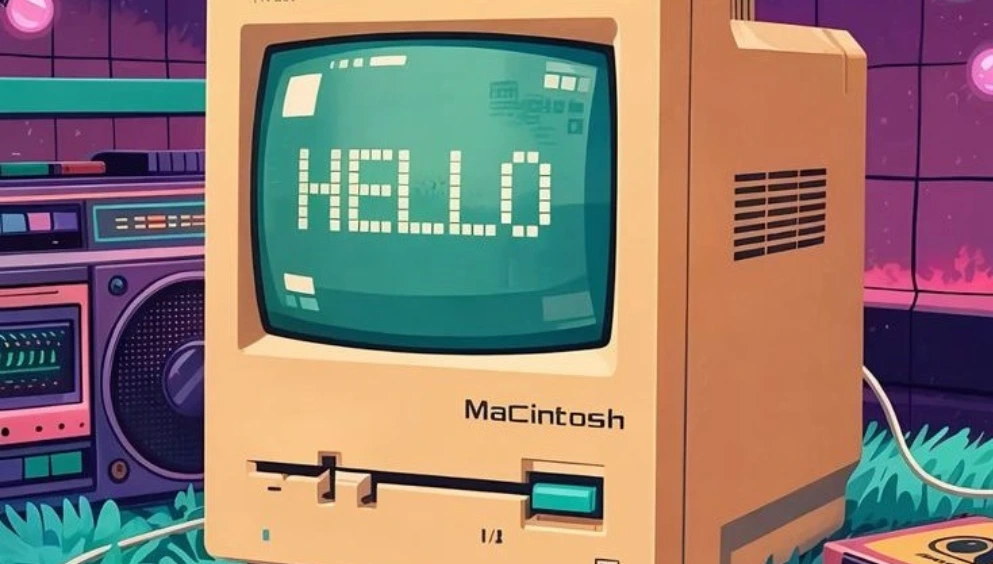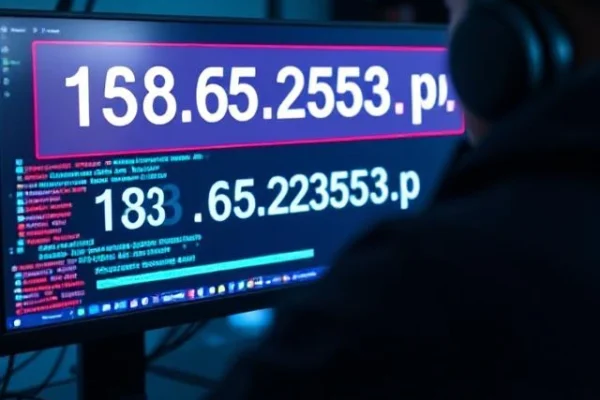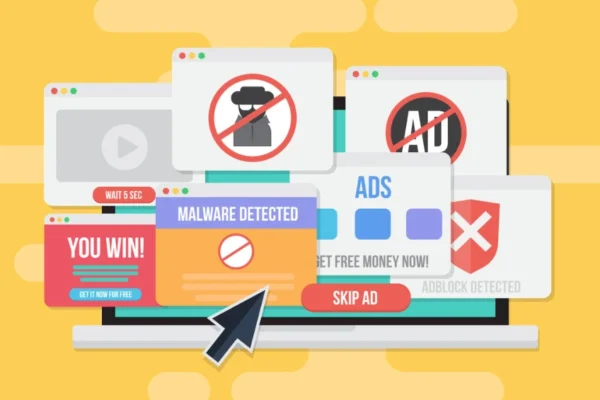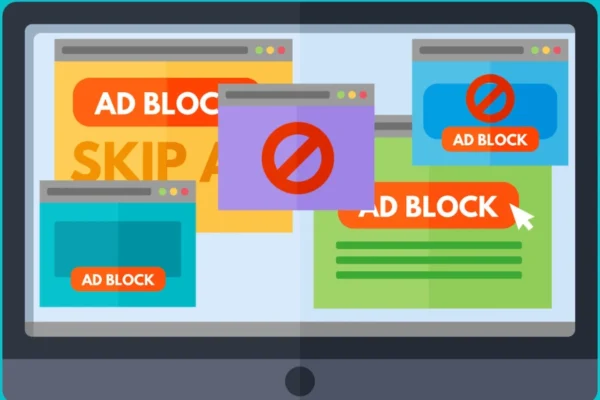If you grew up in the 1990s, the phrase “90s technology” probably sparks instant nostalgia. From dial-up modems to clamshell cell phones, this article takes you on a trip down memory lane, celebrating iconic gadgets and innovations that defined the decade. Let’s jump into the world of 90s technology and relive those simpler, yet wildly inventive times.
1. Dial-Up Internet & Modems
Nothing screams 90s technology louder than the screeching handshake of a dial-up modem. Before broadband, we relied on 56k modems that connected us to the internet via telephone lines. The slow yet thrilling process of waiting for the connection to establish—then the exasperation of being kicked off due to an incoming call—made early internet a rite of passage. Downloading a single MP3 or image felt like an epic victory in that era of 90s technology.
2. MSN Messenger, AIM & ICQ
Instant messaging in the 90s technology world took over online communication. Platforms like ICQ, AOL Instant Messenger (AIM), and MSN Messenger introduced features like those iconic away messages, buddy lists, and the thrill of hearing the “You’ve Got Mail!” ping. Chatting online with colorful fonts, emoticons, and playful statuses was how many formed lasting friendships and fell in love—right through the screen.
3. Floppy Disks & Zip Drives
Data storage in the 90s technology scene was a far cry from today’s flash drives. The 3.5‑inch floppy disk, with its humble 1.44 MB capacity, was the norm—and was eventually joined by Iomega Zip drives, which offered 100–250 MB of space. Whether swapping files in computer class or saving a paper halfway through formatting the floppy disk, these magnetic media pieces are legendary relics of 90s technology.
4. CRT Monitor & Tube TVs
Flat panels hadn’t yet invaded homes during the heyday of 90s technology. Instead, CRT (cathode‑ray tube) monitors and TVs dominated desks and living rooms. These bulky, heavy screens rendered early desktop publishing, pixel art, and late-night video gaming in their unmistakable glow. Remember adjusting bunny-ear rabbit antennas to watch your favorite TV shows? That was part of the 90s technology experience.
5. Nokia 5110 & Brick Cell Phones
The 90s technology handheld revolution began with tough, blocky brick phones, and Nokia’s iconic 5110 became a status symbol for many. With a green‑black screen, interchangeable faceplates, and the legendary Snake game, this device was more than functional: it was fun. And let’s not forget that battery life could last days!
6. Pager Culture
Before cell phones were everywhere, pagers ruled 90s technology communications. Doctors, parents, and students used beepers to send numeric or alphanumeric alerts—then you’d find a landline to call back. The beep was a discreet, urgent signal: you were wanted and had to get back ASAP. Those little devices shaped emergency communication in the era of 90s technology.
7. CD-ROMs & Multimedia PCs
Bye‑bye floppies, hello CD-ROM era—one of the most transformative waves in 90s technology. Educational software, encyclopedias, and multimedia games like Myst harnessed the power and capacity of CDs. Loading times were slower, but colorful visuals, voiceovers, and immersive gameplay were revolutionary compared to floppy-disk PCs.
8. Game Boy & Super Nintendo
When it comes to 90s technology fun, handheld gaming mattered. Nintendo’s Game Boy rocked portable play with titles like Tetris, Pokémon Red/Blue, and Zelda. On home consoles, Super Nintendo (SNES) delivered legendary games like Super Mario World, Donkey Kong Country, and Chrono Trigger—all staples of 90s technology leisure that still resonate today.
9. VHS Tapes & Camcorders
Long before DVDs and YouTube, the world recorded onto VHS tapes—one of the defining practices of 90s technology. Family vacations, birthday parties, and homemade home movies were all taped using bulky camcorders and rewound with the Brain™. And renting Blockbuster tapes every weekend was practically a ritual.
10. Walkmans & Discmans
Music on the go in the 90s technology era stripped the world with cassette Walkmans and then Discman CD players. Compiling mixtapes was an art, complete with carefully timed record buttons and handwritten track lists. Later, portable CD players delivered better sound, and their ability to skip on movement was a running joke.
11. Palm Pilots & PDAs
Before the smartphone era, 90s technology introduced Palm Pilots and other early personal digital assistants (PDAs). These handheld organizers let you store contacts, calendars, and notes, and allow stylus-based handwriting recognition. Though primitive by today’s standards, they were the cutting edge of digital day planners.
12. Netscape Navigator & IE Wars
In the late 90s tech boom, web browsing became mainstream, and 90s technology saw Netscape Navigator rise first, then Internet Explorer challenge it. The Browser Wars shaped early web standards, with cool “Under Construction” GIFs and splashy websites on GeoCities that captured our attention—digital fossils of the internet’s infancy.
13. Digital Cameras—Remember No‑Megapixel Affair?
One of the last phases of 90s technology was early consumer digital cameras. Models with VGA resolution, floppy-cardistic storage, and agonizingly long processing times triggered a fresh connection between photography and computing. Though low-res by modern standards, these gadgets opened the door to digital photo sharing—and eventually Instagram.
14. Palm Springs Fan Favorites: Tamagotchi, Furby & Beanie Babies
While not strictly gadgets, this batch of ’90s technology-adjacent toys changed how we experienced play. Virtual pets like Tamagotchi demanded digital care, Furbies “learned” speech, and Beanie Babies launched a collectible craze. They were quirky, interactive pieces of 90s technology culture that still bring smiles today.
15. PC Game Classics on Windows 95
The arrival of Windows 95 ushered in a gaming revolution that stood squarely within 90s technology milestones. From CD-ROM classics to low-spec gems, you could enjoy Myst, The 7th Guest, StarCraft, Age of Empires, and Half-Life on your desktop machine. LAN parties and floppy-to-disc game installs defined bedroom gaming sessions back then.
16. Early MP3 Players & Napster P2P
In the late 90s, 90s technology evolved toward digital music. MP3 file compression brought bitrate magic, and programs like Winamp let you play music on your PC. Napster then shook the whole music industry with peer-to-peer sharing, ushering in the tumultuous start of the digital download era.
17. MiniDisc & Audio Tech Experiments
Sony’s MiniDisc format is another piece of 90s technology nostalgia. These small, rewritable optical discs offered high-quality audio and shuffle play long before the iPod. Though they remained niche, MiniDisc represented the experimentation spirit of 90s technology audio hardware.
18. AOL CD-ROM Blitz & Free Trial Mania
Finally, who can forget the free AOL CD-ROMs that came in the mail or even cereal boxes? Those CDs were 90s technology icons. For many families, those disc installation kits sparked their first online experience, ushering in a new era of internet connectivity and AOL culture.
19. Why We Miss 90s Technology
The charm of 90s technology lies in its imperfections—long waits, beeps, clunky hardware, max‑five‑minute battery life. Those small annoyances are what gave us patience, creativity, and anticipation. Whether you remember dialing a busy dial-up line, recording off the radio onto cassette, or blowing into cartridges to get your game to load, this era created shared, tangible memories.
Conclusion
The 90s technology era was a magical intersection of analog and digital, low- and high-tech, experimental leaps and homegrown ingenuity. From dial-up internet and MSN Messenger to brick phones, Walkmans, and early digital cameras, every gadget shaped a generation’s daily life. These devices taught us patience, fostered creativity, and opened windows to brand-new digital worlds. Today’s sleek smartphones and cloud services may outperform them, but that sense of adventure and the feeling of discovery? That’s what makes 90s technology unforgettable. So the next time you see a floppy disk or hear that modem screech, smile—you’re not just remembering devices, you’re remembering the era that paved the path to today’s connected world.








